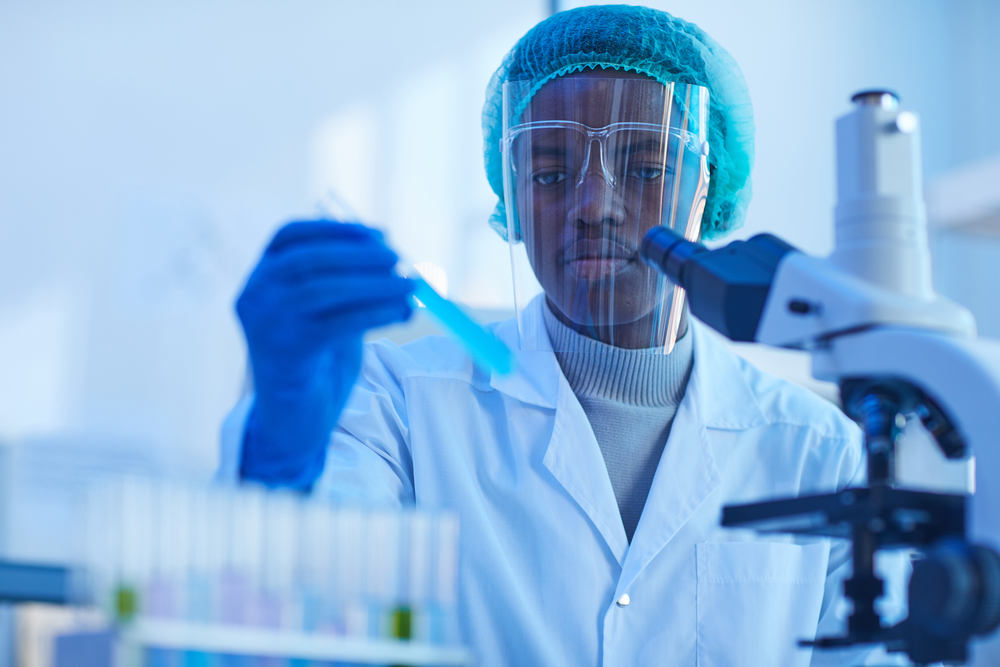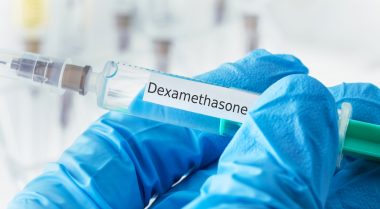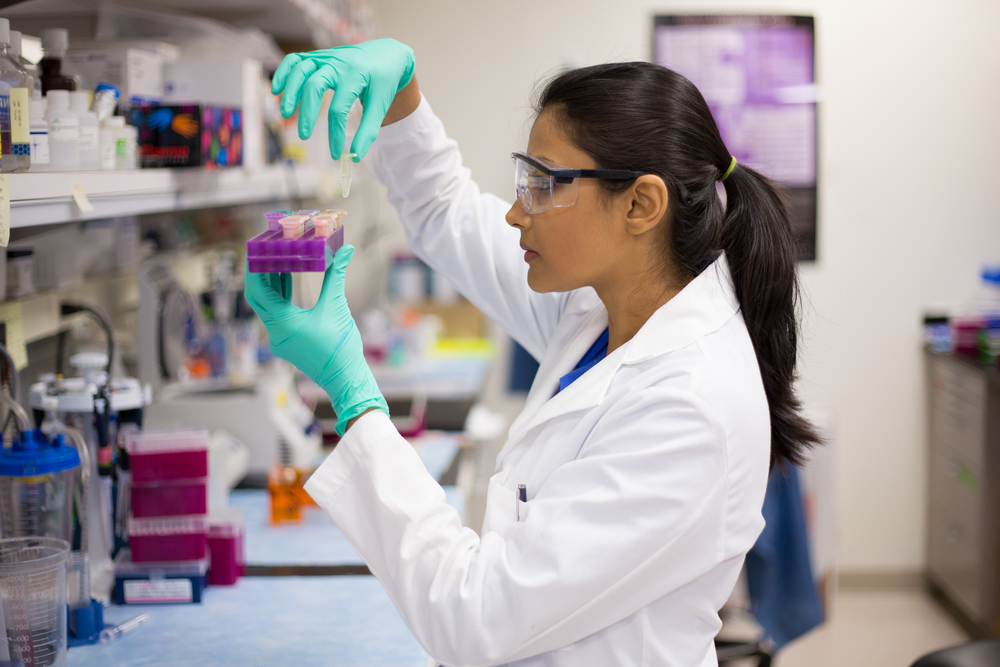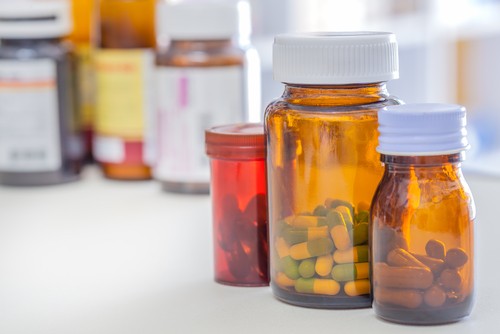Filling in the gaps: smart use of health data lies behind the RECOVERY trial's success
17 September 2020
The RECOVERY Trial -a major multi-arm randomised clinical trial that is testing how best to treat people in hospital with COVID-19- has been has delivered some of the best news of the pandemic so far, showing that the cheap steroid, Dexamethasone, can cut deaths by a third. We reveal how RECOVERY used smart trial design and tapped into existing health datasets to become the most successful trial in COVID-19 to date.

The researchers behind the RECOVERY trial – Professor Martin Landray and Professor Peter Horby– first came up with the study idea at the beginning of March, 2020. Back then, the new SARS-CoV-2 coronavirus was racing through northern Italy, and we were yet to feel any real impact here in the UK; however, Martin and Peter were concerned about what was coming.
Professor Martin Landray:
“At that stage, we didn’t know anything about the virus, other than it was a new disease and there were no known treatments. We knew that the NHS was going to struggle and there was a serious worry, that it would not have enough ventilators and be completely overwhelmed,”
“We decided that we needed to design a trial to work out how to keep patients in the hospital off ventilators and, critically, how we could improve their chances of survival.”
At the time, there was a lot of hype around drugs like hydroxychloroquine for treating the effects of the virus, but there was no evidence that it improved outcomes for patients.
Professor Martin Landray:
“We needed answers as quickly as possible. Peter and I wrote the trial protocol on the 10th March, and nine days later, we enrolled the first patient. It moved incredibly fast.”
The trial has gone on to recruit more than 12,000 patients from 176 NHS hospitals. Impressively, by early June the first results had come through, showing that the much-touted drug hydroxychloroquine was ineffective in this setting.
Most clinical trials rely on data gathered by the researchers on the ground running the trial in hospitals. But in the heart of the pandemic, clinicians treating COVID patients were under huge pressure, focusing on caring for their patients and covering for sick colleagues. The patients themselves were also in a critical condition, meaning that speed and simplicity were of paramount importance.
The trial team realised that in order to maximise enrolment they had to minimise the data that each clinical team needed to collect about each patient, keeping it as fast and straightforward as possible. Then they would draw the rest of the data they needed from existing NHS databases, including GP and hospital records.
Professor Martin Landray:
“The NHS collects lots of information, but it does it in a variety of different places and formats,”
For RECOVERY, he and his team had to locate the right datasets and securely access the information from all these different sources. They extracted demographic information, existing conditions and regular medication from GP records, then pulled details of admissions, discharges, treatments and deaths from hospital records, as well as coronavirus test results from government and NHS services.
At the heart of this data connection was NHS DigiTrials – one of eight specialist Health Data Research UK (HDR UK) hubs – which was set up to improve clinical trials by enabling clinical trials data, NHS data and other datasets to ‘talk’ to each other.
The teams at NHS DigiTrials and the Health Data Research UK site at the Oxford University Big Data Institute played a pivotal role in bringing all the data strands together, making sure that the RECOVERY team could get safe, secure and timely access to the datasets they needed to fill in the gaps.
The first positive results from the trial made headlines around the world in the middle of June, showing that the cheap steroid drug dexamethasone could cut deaths by a third for critically ill COVID-19 patients.
Professor Martin Landray:
“The dexamethasone result was truly remarkable because the drug costs next to nothing – a fiver for the entire course of treatment – and it’s available in every hospital. And the sicker the patient, the better the drug works.”
The good news about dexamethasone did not spell the end of RECOVERY, and the trial has since shown that the antiviral combination lopinavir-ritonavir doesn’t have any benefit for hospitalised patients.
The RECOVERY team are continuing to investigate further treatments, including azithromycin (normally used as an antibiotic), tocilizumab (normally a treatment for rheumatoid arthritis and other inflammatory conditions), and blood plasma from people who have recovered from COVID-19 – convalescent plasma.
From September, the study will also include a new type of treatment – monoclonal neutralising antibodies – designed to block the entry of the virus into lung cells and reduce the amount of damage it causes.
The RECOVERY trial is also following up on the long-term health of survivors from the trial.
Professor Martin Landray:
“There are questions about what happens to survivors when they come off the ventilator and go home. Do they have recurrent admissions with lung disease over the subsequent few years? Has it put a strain on their heart and put them at risk of heart disease? Of course, it’s way too early to tell, but we can get that information without unnecessarily bothering patients by securely connecting the data from their NHS records.”
Martin believes that the RECOVERY trial should be a model for more clinical trials going forward. He points out that when the underpinning methods for large, streamlined clinical trials were developed in the 1980s, they transformed the treatment of acute heart attack. But that was in the days of fax machines and carbon paper, making everything very time-consuming.
Professor Martin Landray:
“The widespread collection of healthcare data and trustworthy tools for bringing them together mean that we can reignite and extend that opportunity – using existing NHS data from GPs and hospitals to assess the impact of new treatments for a range of diseases, and bringing benefits to patients faster and more efficiently than ever before.”



